Want your home to feel a little more polished, a little more put-together—without spending thousands on a full renovation? You’re not alone. Making your space look luxe on a budget is totally doable with just a few smart updates. From hardware swaps to strategic lighting, here are 15 easy, affordable ways to upgrade your home’s style without the splurge.
1. Use Large Mirrors
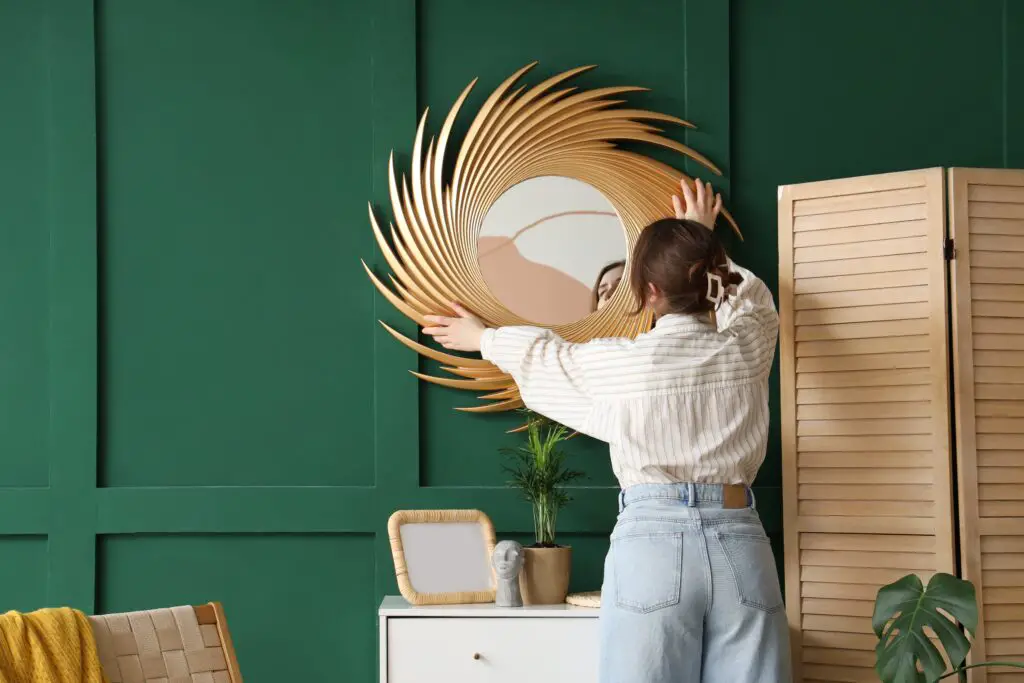
Mirrors are one of the oldest tricks in the interior design book—and for good reason. As Apartment Therapy points out, large mirrors reflect light and visually double the size of your space, which naturally makes it feel more elegant. Placing one across from a window or in a dim hallway makes a room feel instantly brighter and more open. Bonus points if it has a striking frame.
Don’t be afraid to go oversized—even a thrifted mirror can make a big statement. Lean it against a wall for a relaxed look, or hang it securely for a cleaner vibe. Mirrors work especially well in entryways, bedrooms, or above mantels. It’s light, reflection, and style—all in one.
2. Declutter and Organize

A clean and orderly space instantly feels more upscale—and that’s not just a vibe. According to Garden Spot Village, clutter overloads the brain and can make even beautiful homes feel chaotic. Giving everything a designated place helps your rooms feel calmer, more intentional, and more expensive. Trays, bins, and baskets in neutral colors work like visual editors.
Start with your surfaces: coffee tables, nightstands, counters—anything with “stuff” should be reevaluated. Keep only the essentials and a few decorative pieces. When everything has a home, your space feels curated, not cluttered. And that alone can elevate even the simplest room.
3. Add Crown Molding
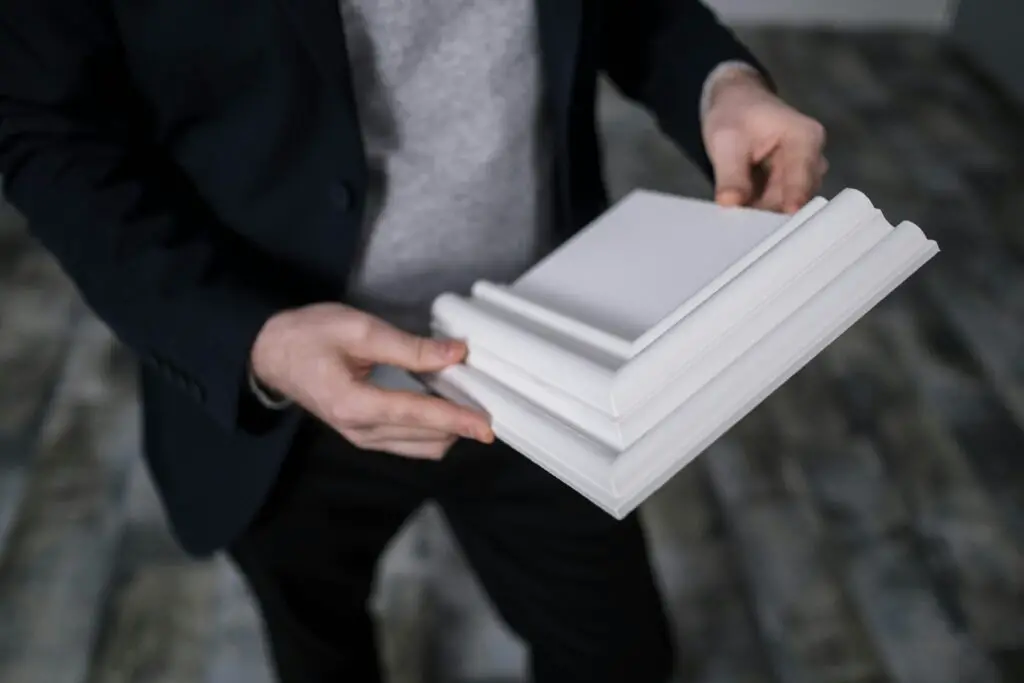
As noted by HomeLight, crown molding is one of the easiest ways to add perceived value to a space—without the hefty price tag. It visually frames a room, making ceilings feel higher and corners more intentional. You can buy pre-cut, paintable crown molding at most home improvement stores for DIY installation. Even a small accent like this signals design awareness.
You don’t need to go full Versailles—try it in just one room or around a feature wall. Match your trim color to the molding for a seamless look, or go bold with contrast. It adds architectural detail that instantly makes a space feel more custom. For less than a couple hundred dollars, your home will look far more luxe.
4. Upgrade Hardware
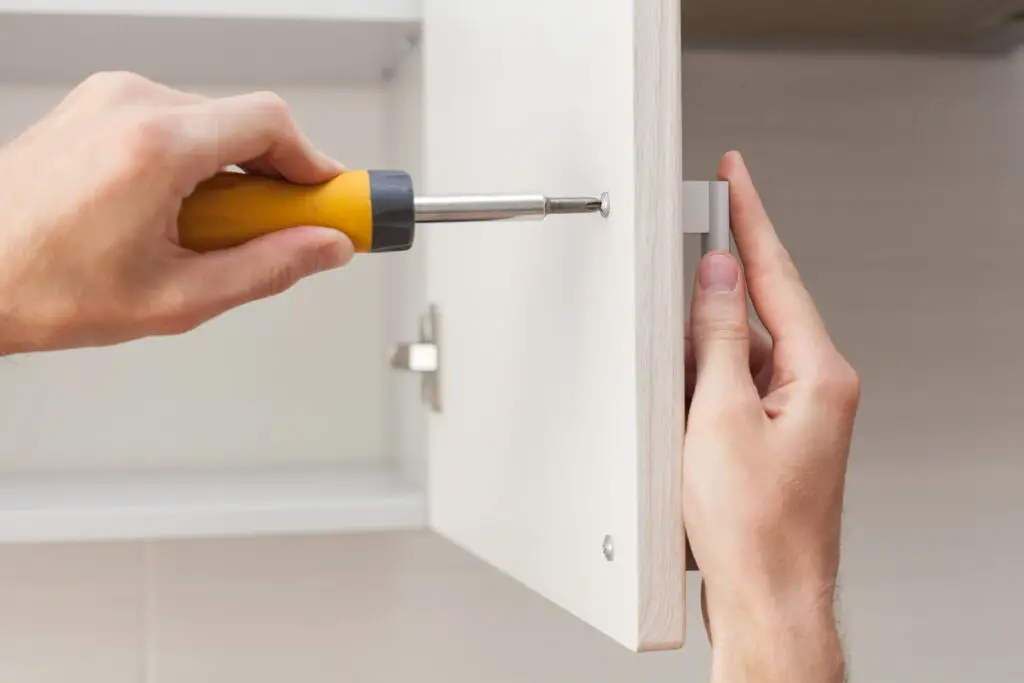
Changing out knobs and pulls is like giving your home a mini facelift. According to Better Homes & Gardens, updating your hardware is one of the most cost-effective ways to increase a home’s aesthetic appeal. Swapping in matte black, brass, or brushed nickel handles can make even basic cabinets feel modern and intentional. It’s a low-effort, high-impact update.
Focus first on kitchens, bathrooms, and any built-ins. Try to keep finishes consistent from room to room so the overall vibe feels cohesive. The good news? It’s usually a screwdriver job you can knock out in a weekend. And once it’s done, your home will feel upgraded in a subtle but noticeable way.
5. Layer Lighting

Overhead lighting alone can make a space feel harsh and flat. By mixing in lamps and accent lights, you introduce warmth and dimension that instantly elevates a room. Think of lighting like jewelry for your home—each piece should have a purpose and a bit of personality. One room, three light sources: that’s the magic formula.
Add a floor lamp in the corner, a small table lamp on a side table, or even LED strip lighting behind shelves. Dimmers are also worth the upgrade, especially in living rooms and bedrooms. Layered lighting lets you control the mood and gives your home that cozy, designer glow. Trust us—it makes a huge difference.
6. Choose Neutral Paint Colors
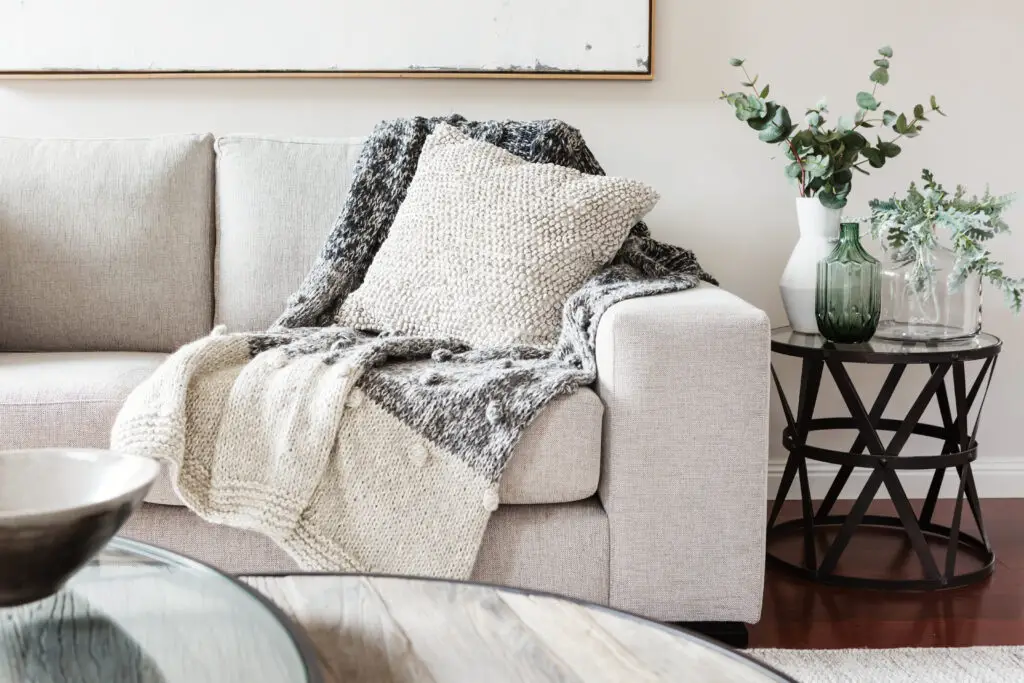
Neutral paint isn’t boring—it’s timeless. Warm grays, soft whites, and muted beiges create a sophisticated backdrop that helps furniture and décor shine. These colors also reflect more light and make spaces feel bigger. Think gallery wall, not hospital room.
Stick with a consistent palette throughout your home for maximum impact. It creates flow from room to room and makes your space feel cohesive. Add color with art, pillows, or flowers instead of committing to bold walls. Your future self will thank you when you don’t have to repaint in a year.
7. Incorporate High-Quality Textiles

You don’t need custom drapes and silk bedding to make your home feel plush—just think texture. Swap out scratchy throws and flat pillows for options in velvet, linen, or chunky knits. Layering soft, high-quality fabrics makes any space feel rich and welcoming. You’ll see and feel the difference right away.
Look for pillow inserts that hold their shape and throw blankets that feel as good as they look. Even budget-friendly finds can feel luxurious if the material is right. Area rugs, especially layered over hardwood or tile, are another easy win. These small updates turn a basic room into a cozy retreat.
8. Hang Curtains High and Wide
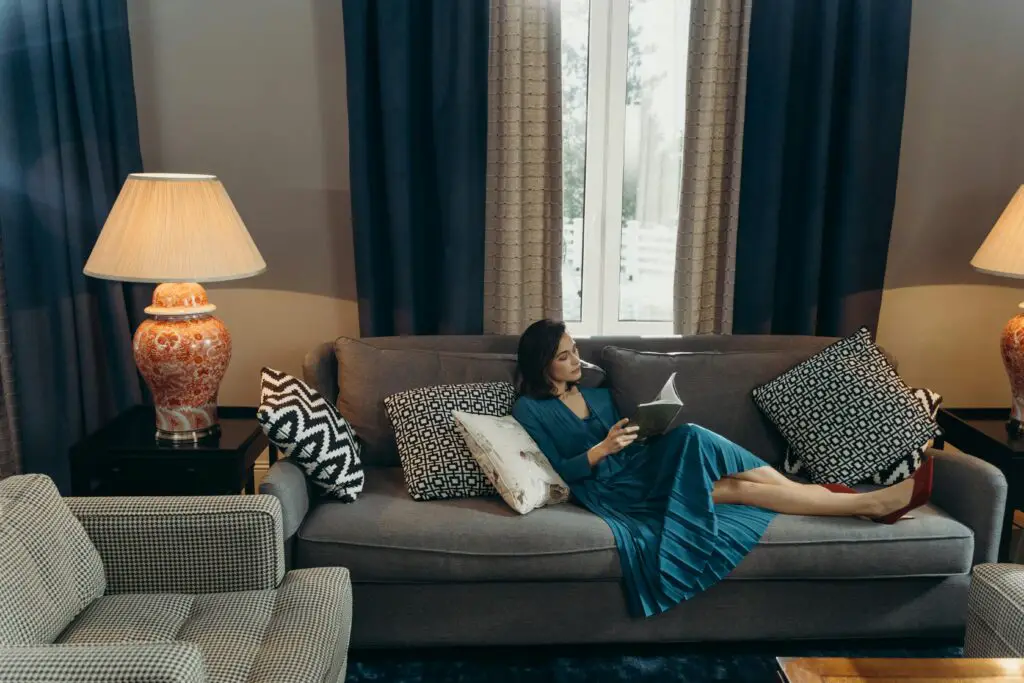
Here’s a designer secret: mount your curtain rods closer to the ceiling, not just above the window. It tricks the eye into thinking your windows—and therefore your ceilings—are taller. And when your curtains fall all the way to the floor, it adds a sense of drama and polish. This one move makes any room feel more expansive.
Opt for light-filtering fabrics in soft, neutral tones to keep things airy. Skip the overly patterned options unless they’re subtle or tonal. If your space doesn’t get a lot of natural light, sheer curtains are a great compromise. The result? Instant elegance, no renovation required.
9. Invest in Statement Art
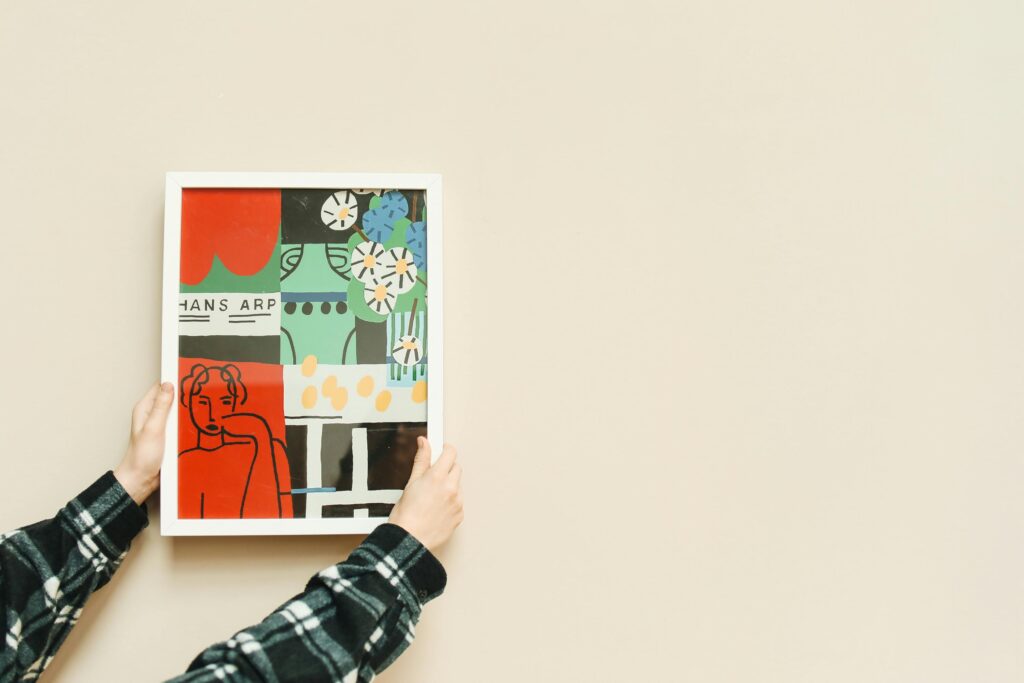
Large-scale artwork doesn’t have to cost a fortune—but it can totally transform a room. One bold piece gives your space a focal point and a sense of curation. It’s better to go big with one piece than to scatter lots of tiny prints that don’t connect. Think impact, not clutter.
Check out local art fairs, secondhand shops, or even DIY a canvas with paint and texture. Abstract styles tend to be easy to match with existing décor. Frame it simply and hang it eye-level for best effect. Art brings personality, and personality feels expensive.
10. Add Metallic Accents
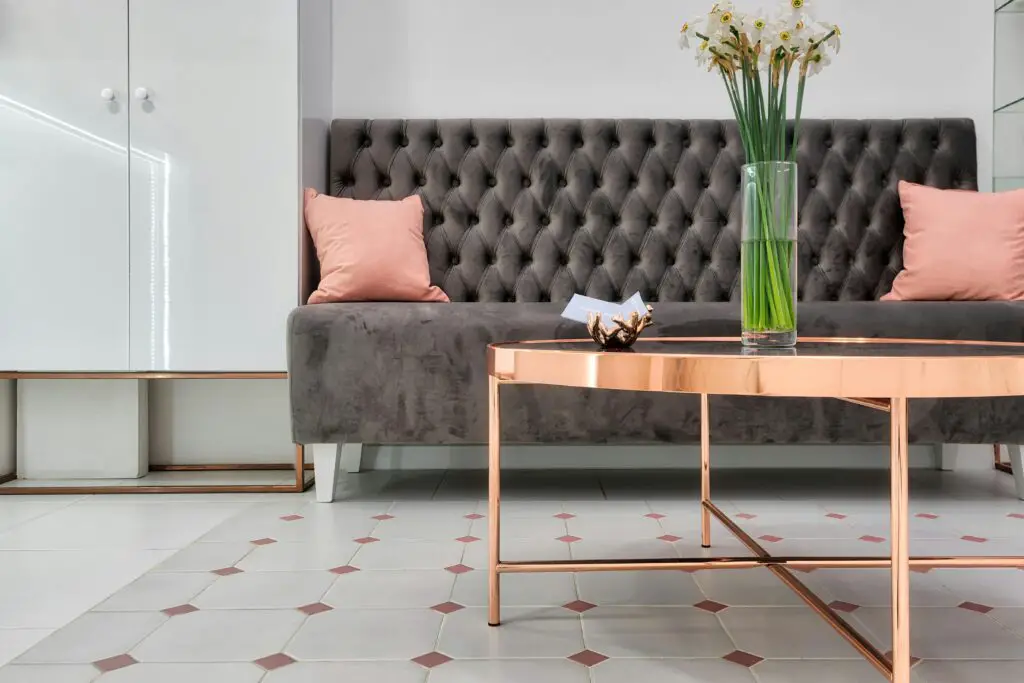
A little gleam goes a long way. Brass, chrome, and gold-toned accessories catch the light and create contrast that elevates neutral spaces. Use them sparingly—just a vase here, a tray there, or a metallic-framed mirror. Too much, and it feels flashy; just enough, and it feels glam.
Mixing metals is okay, too—just keep it intentional. Stick to two finishes max in one room, and try to balance them across the space. Metallics work especially well in small doses on shelves, side tables, or bar carts. It’s the sparkle your room didn’t know it needed.
11. Keep a Cohesive Color Scheme

Homes that feel expensive tend to feel intentional, and color is a big part of that. Choose two or three colors and repeat them in different ways across rooms—through rugs, pillows, artwork, or accent walls. This repetition creates a visual rhythm that’s easy on the eyes. Random colors in every room? That’s more chaos than cohesion.
You don’t need to match everything, but having a “home base” color gives you something to anchor around. Try a neutral foundation (like beige or gray) and add one bold and one soft accent color. When everything plays nicely together, your home looks styled—even if it wasn’t. That’s the secret sauce.
12. Style Your Coffee Table
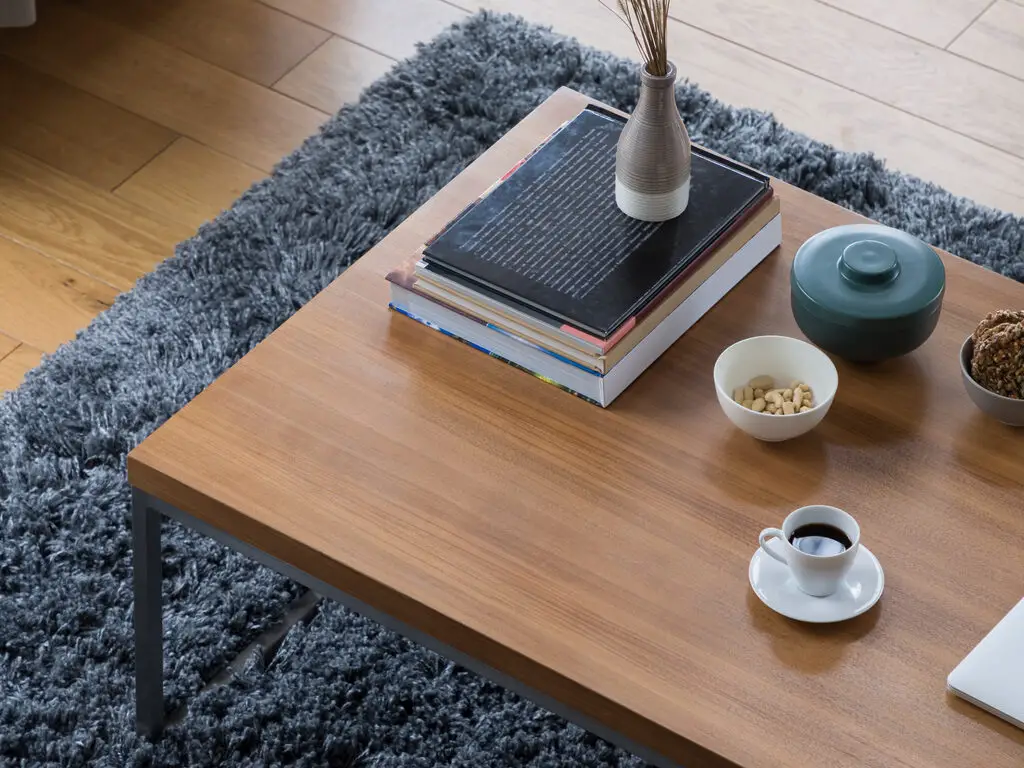
Instead of using your coffee table as a dumping ground for remotes and crumbs, treat it like a little vignette. A small stack of books, a candle, and a plant or bowl is all you need. Stick to three to five items, and vary their heights and textures. This one small touch can make your whole living room feel more elevated.
Try swapping items seasonally to keep it feeling fresh. Use a decorative tray to group things and give them a “home.” If your table is large, break it into visual zones. People will assume an interior designer passed through.
13. Use Floating Shelves
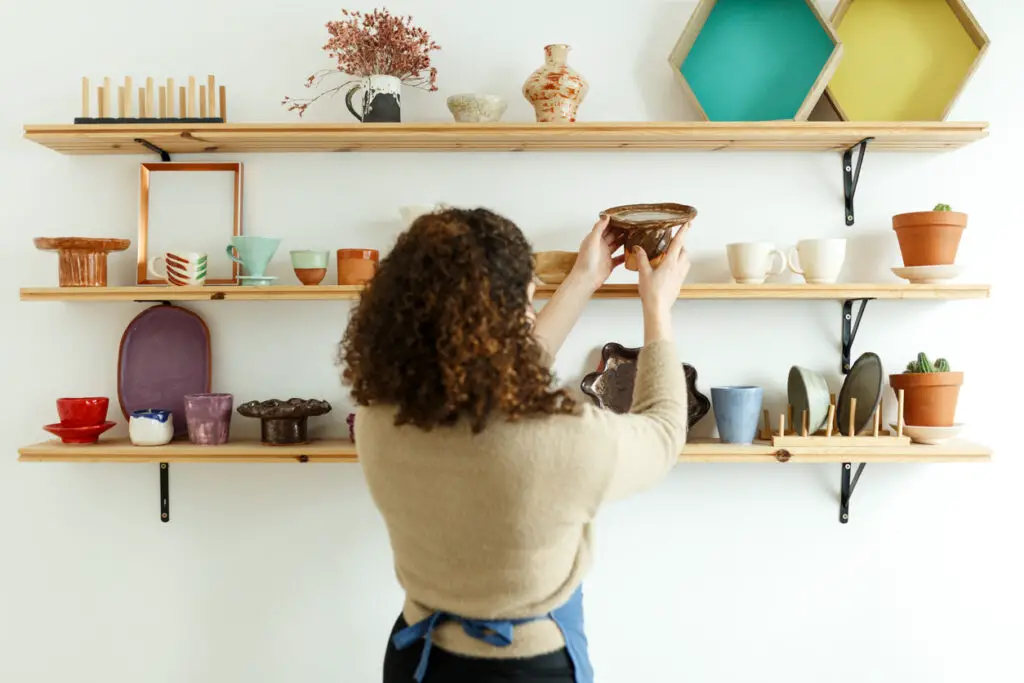
Floating shelves strike that perfect balance between storage and visual interest. They don’t take up floor space, but they give you room to display décor that reflects your taste. A few well-placed shelves with minimal styling can elevate an empty wall instantly. The key is keeping it uncluttered.
Use them to showcase books, framed art, small plants, or ceramics. Stagger shelves for an asymmetrical look or line them up for symmetry—it all depends on your style. Match the material to your room (wood, metal, or painted) for consistency. Done right, they feel sleek and intentional—not like extra storage tacked on.
14. Bring in Greenery
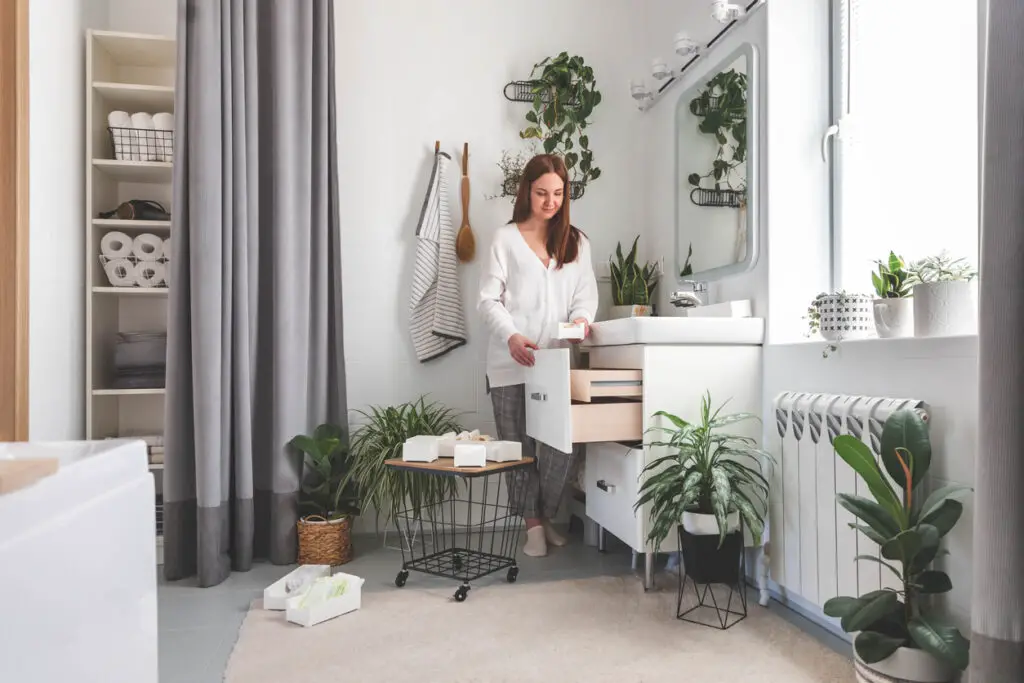
Greenery adds instant life, color, and movement to a room. Even one well-placed plant in a pretty pot can wake up a tired space. The best part? Plants like snake plants, pothos, and ZZ plants are super low-maintenance. You don’t need to be a green thumb to get the benefits.
Choose a few different shapes and sizes to mix it up—tall floor plants, trailing shelf plants, and compact desk plants all have their place. Group smaller ones in threes for visual balance. And pick containers that match your overall style. You’ll be surprised how much more “finished” your space looks with just a bit of green.
15. Update Your Entryway
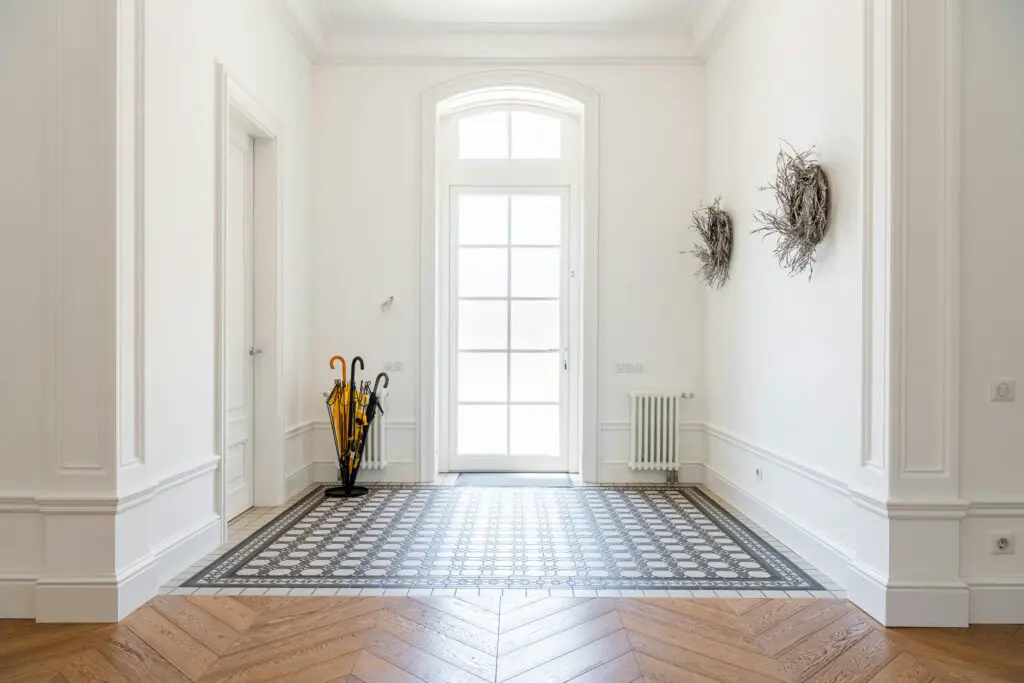
Your entryway is your home’s first impression—make it count. Even if you’re working with a tiny hallway, adding a mirror, a small bench, or a piece of wall art can elevate it. Hooks for bags or a stylish catch-all tray can turn chaos into calm. It’s often the most overlooked spot, but it sets the tone for everything else.
Try a narrow console table if you have the space, and add a scented candle or vase of flowers. Keep shoes corralled and mail sorted. Just a few thoughtful choices make the space feel purposeful and welcoming. That way, every time you walk through the door, it feels like home and high-end.
